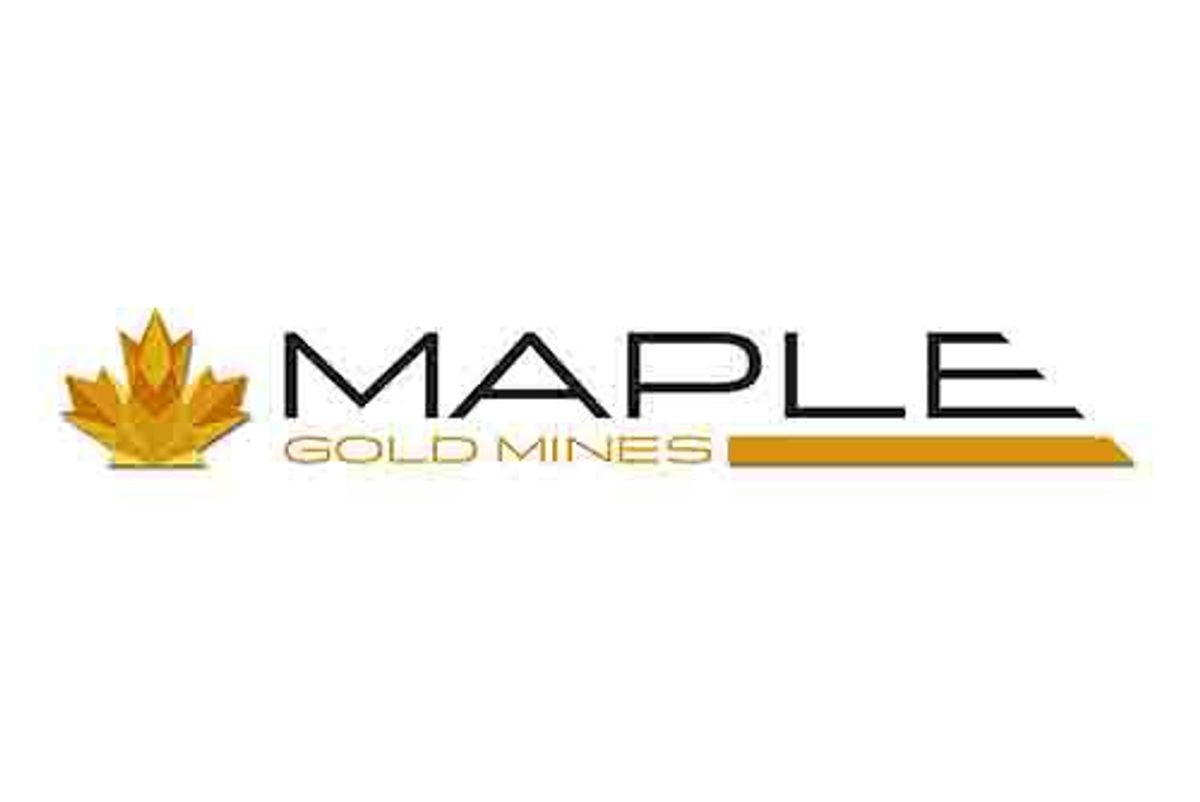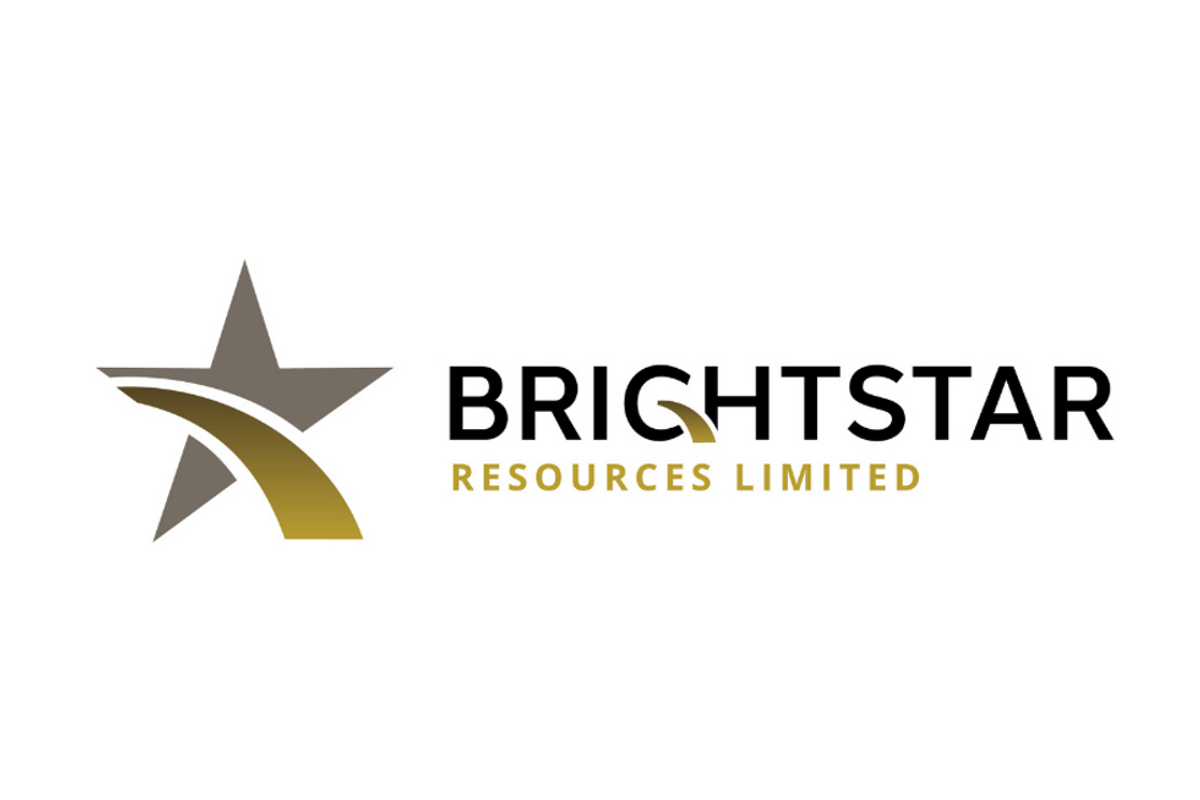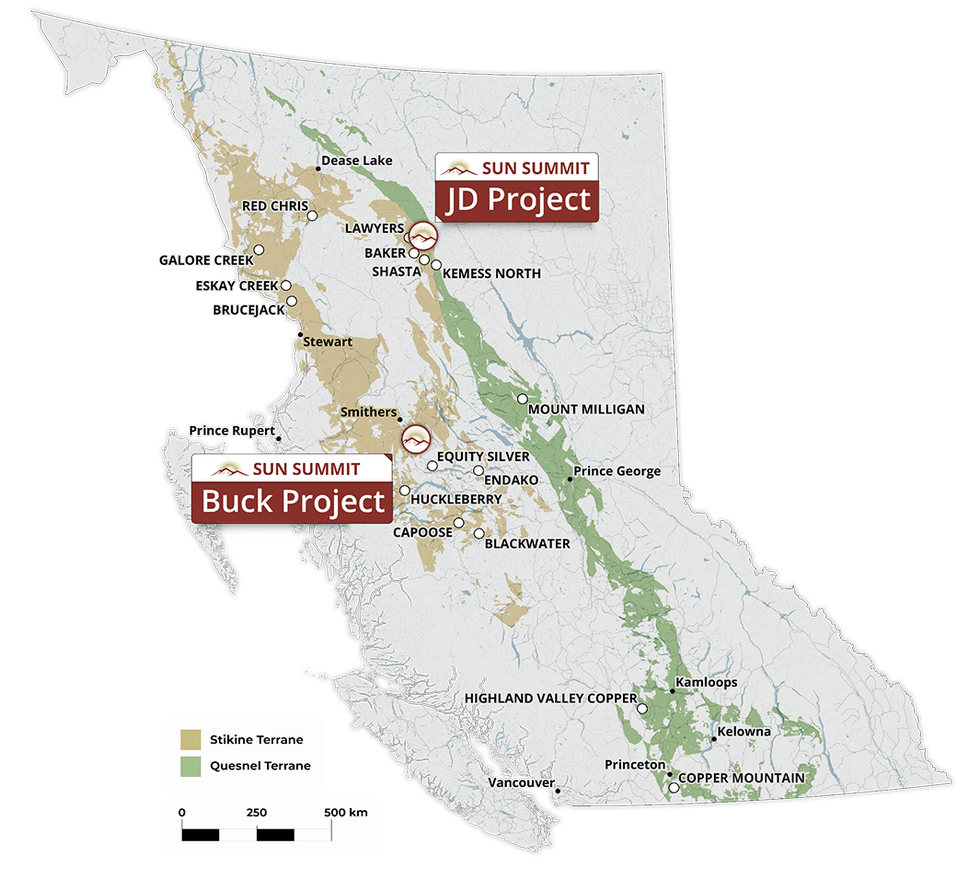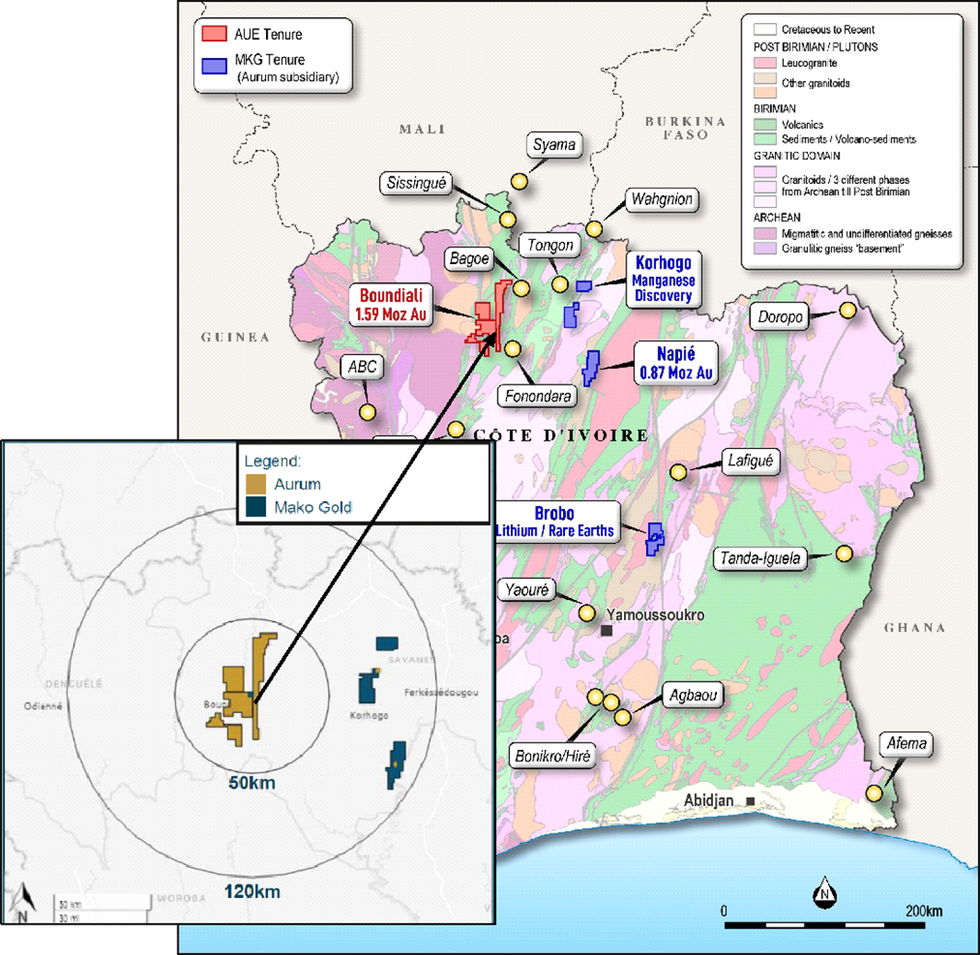
Maple Gold Mines Ltd. (TSXV: MGM) (OTCQB: MGMLF) (FSE: M3G) ("Maple Gold" or the "Company") is pleased to provide an update on exploration activities at its Douay Project (the "Project") located in northern Quebec, Canada. The Company is currently midway through its fall drilling campaign with initial results expected in the coming weeks. Recently completed regional exploration work has also generated a large pipeline of new prospective target areas for follow up in future programs.
"While Maple Gold already holds one of the largest undeveloped gold resources in Quebec, there remains tremendous potential for new discoveries to be made across the greater Douay property package," stated Matthew Hornor, President and CEO of Maple Gold. "It is why we kicked off our fall drill campaign by testing a high-priority target located 4 km away from our current resource. This potential is further underscored by the results of our most recently completed regional exploration work which has delivered over 10 additional target areas for further work and future drilling."
Fall 2020 Drilling Campaign
The Company commenced its Fall 2020 drilling campaign on October 22, 2020 and is approximately halfway through the program. Key details from the program are outlined below (see Figure 1 for Fall 2020 drill hole locations):
Two initial holes of ~400 metres were drilled at the high-priority Northeast IP exploration target ("NE IP Target") located approximately 4 km northeast of the established gold resource (see news from October 22, 2020).
Four additional permits have been requested along the NE IP Target to allow further drill testing of this target along its full 2 km length, either later this year or in early 2021.
A further two holes have been completed with the aim of extending higher-than-deposit-average-grade mineralization at the known Douay mineral resource area. An infill hole was drilled within the eastern portion of the Porphyry Zone and a step-out hole was drilled west of the Main Zone to test for the continuity of mineralization outside of the existing conceptual pit in this area.
A total of 1,389 samples have now been shipped for assaying from the first four completed holes. Results are expected in the coming weeks.
A fifth hole is currently being drilled on the south side of the 531 Zone, which yielded some of the best intercepts ever obtained on the property in 2019.
Subject to permits being obtained in a timely manner, the fall drill campaign is also expected to include further regional discovery drilling, notably at the new P8 target as announced in news from November 12, 2020.
A total of approximately 3,000 metres in seven to eight holes are expected to be completed before the end of December and drilling is expected to restart in mid-January. Planning is also well underway for the Company's winter drilling program which is expected to cover approximately 10,000 metres with multiple drill rigs.

Figure 1: Fall 2020 campaign drillhole locations on (2011) airborne total magnetic field intensity image. Survey coverage did not extend to the NE IP Target area at the time.
To view an enhanced version of Figure 1, please visit:
https://orders.newsfilecorp.com/files/3077/69153_311ec7a834b7abb9_001full.jpg
New Regional Targets Identified
Ongoing exploration work aimed at improving overall geological and structural understanding of the eastern portion of the Douay property has allowed the identification of over 10 new areas outside of the known resource as new prospective regional targets.
This exploration work consisted of an Artificial Intelligence ("AI") study for gold prospectivity mapping, using all available data, and a high-resolution heliborne magnetic survey over the eastern portion of the Douay property, including the NE IP target. The recently completed AI study covered a 128km2 area centred on the resource area. The study included several complementary versions of gold prospectivity maps as well as a related sensitivity analysis to allow determination of the key data layers responsible for each anomaly.
New targets have been defined along the northern and southern flanks of the existing resource area and further afield to the northwest and southeast of the resource areas (see Figure 2). The targets are currently in the process of being reviewed and ranked for additional geophysical testing and possible drilling.
AI Gold Prospectivity Map November 2020

Figure 2: Eastern half of AI gold prospectivity map with superimposed preliminary target areas outlined in yellow; note strong concentration of targets along the northern and southern flanks of the current resource area, but also new targets further afield, including linear trends north of the resource area, and more irregular zones in the SE corner of this image.
To view an enhanced version of Figure 2, please visit:
https://orders.newsfilecorp.com/files/3077/69153_311ec7a834b7abb9_002full.jpg
Building on the success of the IP program that helped to delineate the NE IP Target, the Company has also completed a high-resolution airborne magnetic survey over the eastern portion of the Douay property package, including the NE IP Target, where such data was not previously available. Results show significant magnetic relief, which will allow for improved geological and structural interpretations in this area.
Qualified Person
The scientific and technical data contained in this press release was reviewed and prepared under the supervision of Fred Speidel, M. Sc., P. Geo., Vice-President, Exploration of Maple Gold. Mr. Speidel is a Qualified Person under National Instrument 43-101 Standards of Disclosure for Mineral Projects. Mr. Speidel has verified the data related to the exploration information disclosed in this press release through his direct participation in the work. For a complete description of protocols, please visit the Company's QA/QC page on the website.
About Maple Gold
Maple Gold Mines Ltd. controls the 357-square-kilometre Douay Gold Project located within the prolific Abitibi Greenstone Gold Belt in northern Quebec, Canada. The Project has an established National Instrument 43-101 gold resource (RPA 2019) of 422,000 ounces in the Indicated category (8.6Mt grading 1.52 g/t Au) and 2.35 million ounces in the Inferred category (71.2Mt grading 1.03 g/t Au) with significant potential for resource expansion and new discoveries. The Project benefits from exceptional infrastructure access and the Company is currently focused on carrying out aggressive exploration programs to expand and update the known resource. For more information, please visit www.maplegoldmines.com.
ON BEHALF OF Maple Gold Mines LTD.
"Matthew Hornor"
B. Matthew Hornor, President & CEO
For Further Information Please Contact:
Mr. Joness Lang
Executive Vice President
Cell: 778.686.6836
Email: jlang@maplegoldmines.com
Ms. Shirley Anthony
Director, Corporate Communications
Cell: 778.999.2771
Email: santhony@maplegoldmines.com
NEITHER THE TSX VENTURE EXCHANGE NOR ITS REGULATION SERVICES PROVIDER (AS THAT TERM IS DEFINED IN THE POLICIES OF THE TSX VENTURE EXCHANGE) ACCEPTS RESPONSIBILITY FOR THE ADEQUACY OR ACCURACY OF THIS PRESS RELEASE.
Forward Looking Statements:
This press release contains "forward-looking information" and "forward-looking statements" (collectively referred to as "forward-looking statements") within the meaning of applicable Canadian securities legislation in Canada, including statements about the completion of the JV and Financing and use of proceeds of the Financing. Forward-looking statements are based on assumptions, uncertainties and management's best estimate of future events. Actual events or results could differ materially from the Company's expectations and projections. Investors are cautioned that forward-looking statements involve risks and uncertainties. Accordingly, readers should not place undue reliance on forward-looking statements. For a more detailed discussion of such risks and other factors that could cause actual results to differ materially from those expressed or implied by such forward-looking statements, refer to Maple Gold Mines Ltd.'s filings with Canadian securities regulators available on www.sedar.com or the Company's website at www.maplegoldmines.com. The Company does not intend, and expressly disclaims any intention or obligation to, update or revise any forward-looking statements whether as a result of new information, future events or otherwise, except as required by law.

To view the source version of this press release, please visit https://www.newsfilecorp.com/release/69153















